December 21st, 2021
6minute read
William Pickering was out of his depth.
Neither of the Pickerings had any real formal education.
It was the soul-crushing drudgery that had ultimately driven him from home.
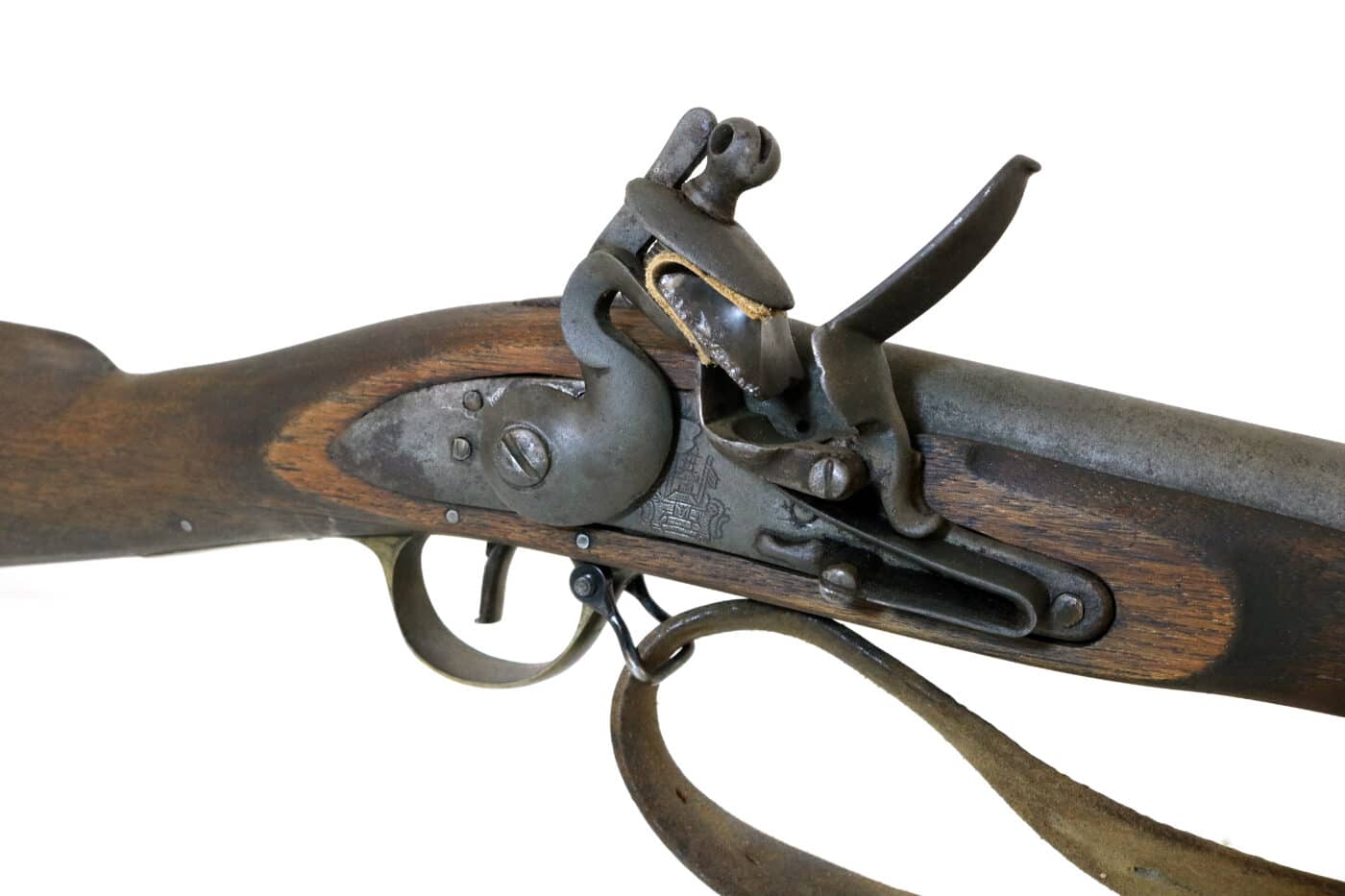
He was fairly certain he was about to die.
The colonists advanced behind their bayonets, their heavy muskets silent.
As the smoke cleared, Pickerings blood chilled.
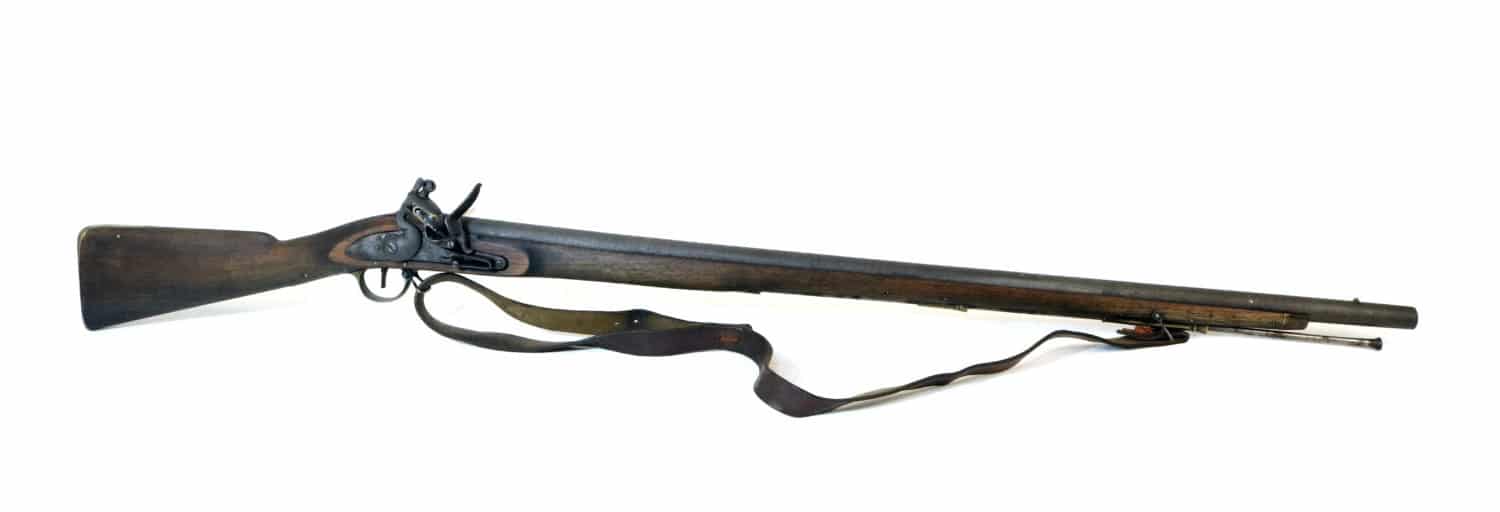
The failing sun danced across dozens of American bayonets as the colonists kept coming.
Pickering looked to his left and right before dropping his musket and throwing up his hands.
The imminent prospect of cold steel rearranging a mans entrails can be a powerful motivator.

Three days later Cornwallis surrendered in absentia, claiming an illness.
William Pickering was treated surprisingly well by the victorious Americans.
By the time of his death, he was a landowner with three sons and a modest plantation.
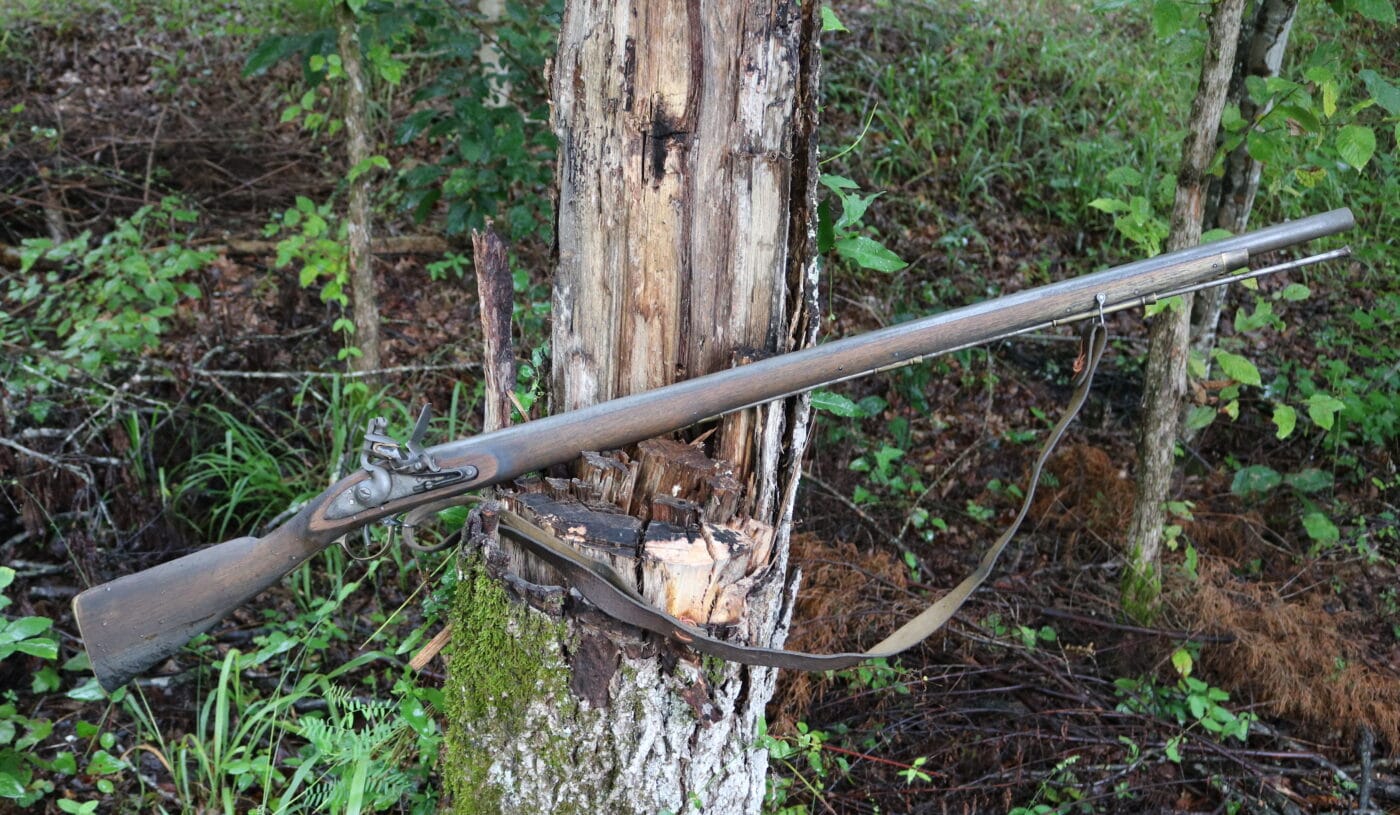
Without realizing it, William Pickerings story was the beginning of the American dream.
The Weapon
The British Brown Bess was first introduced in 1722.
The formal appellation was the Land Pattern Musket, and it served until 1838.
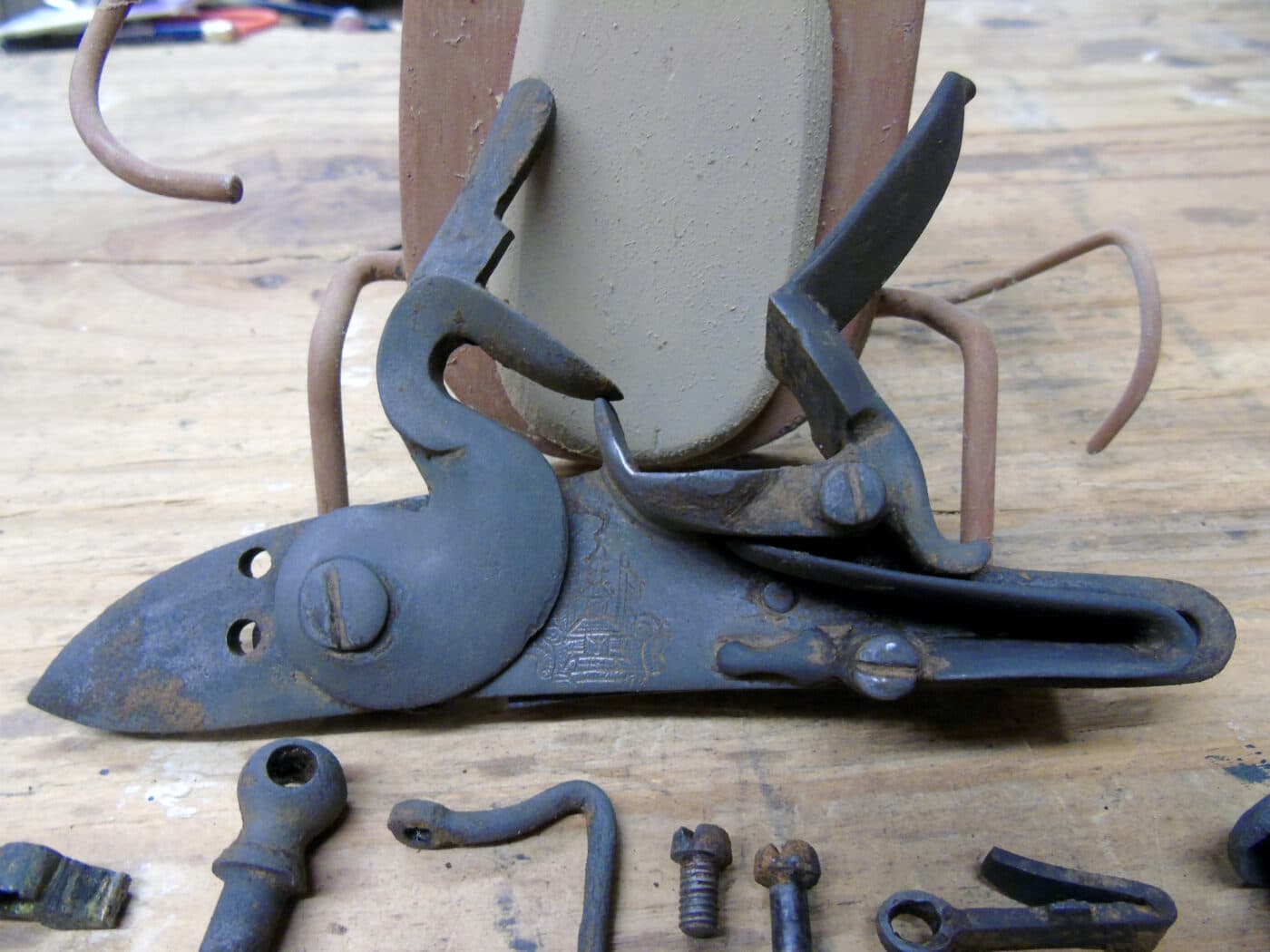
Both the British and their opponents used these weapons in dozens of wars across the globe.
The Brown Bess evolved through several variations during its protracted service life.
Nobody is really certain where the term Brown Bess originated.
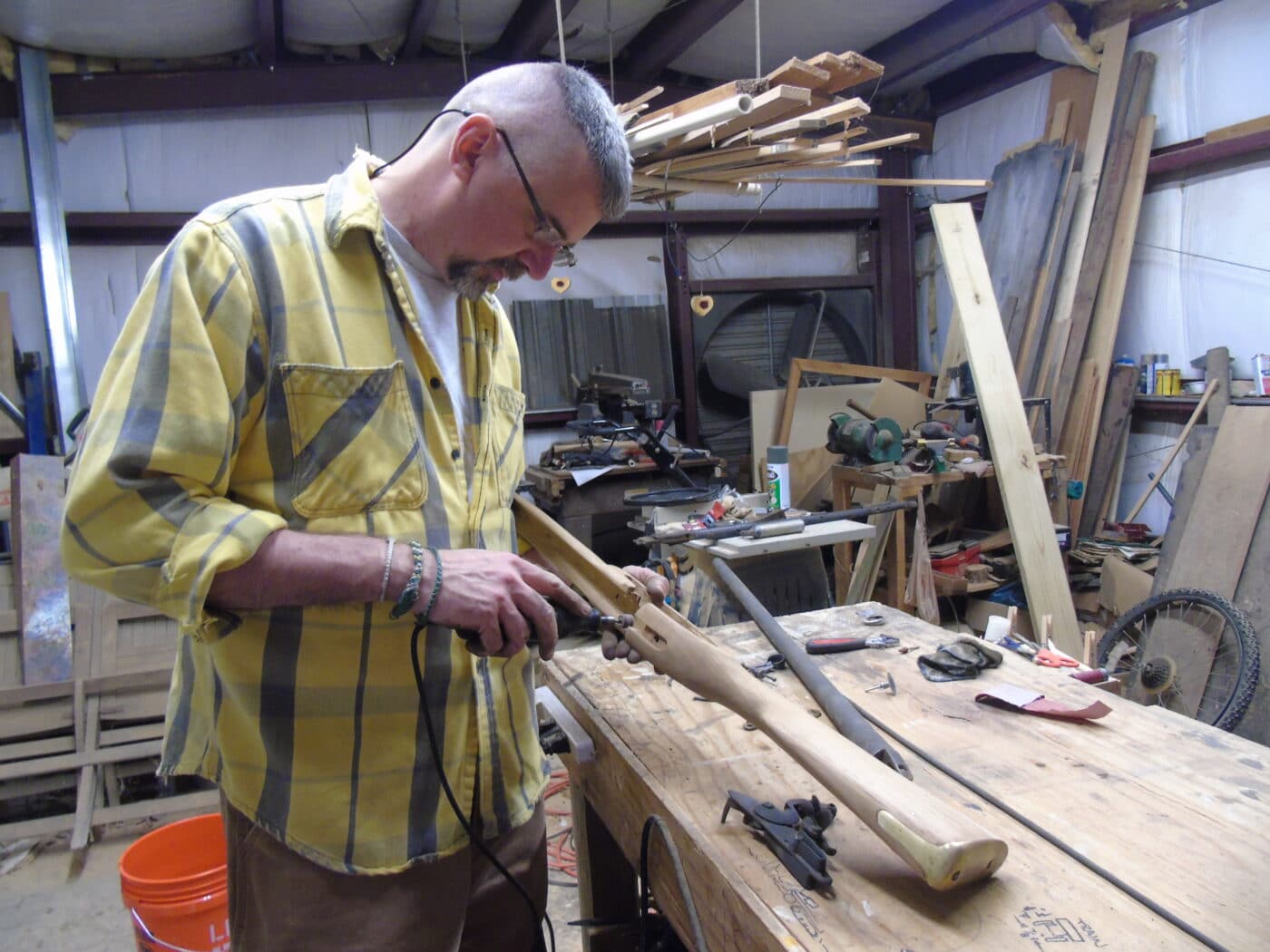
There are lots of suggestions, none of which is completely reliable.
Rudyard Kiplings 1911 poem titled, Brown Bess implied this to have been the case.
The potentially vulgar origins of the term just add to the romance of the piece.
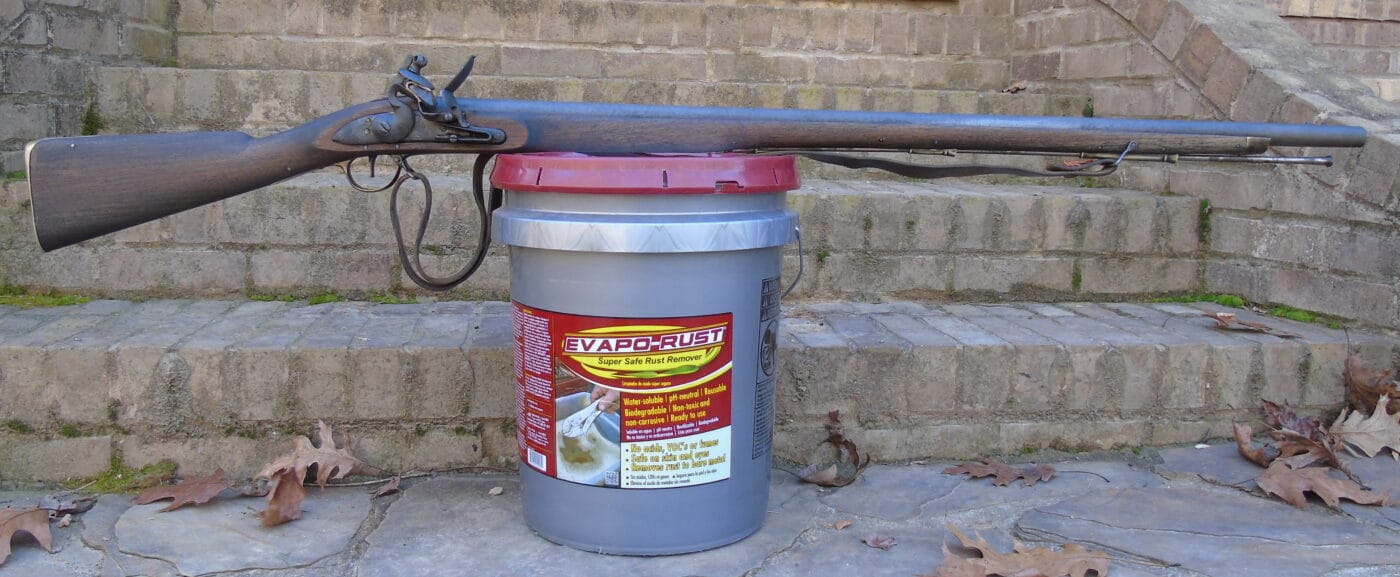
Tactical Details
The maximum effective range was listed as 300 yards.
A skilled and drilled Redcoat was expected to get off four rounds per minute.
As a result, the gun was innately inaccurate.
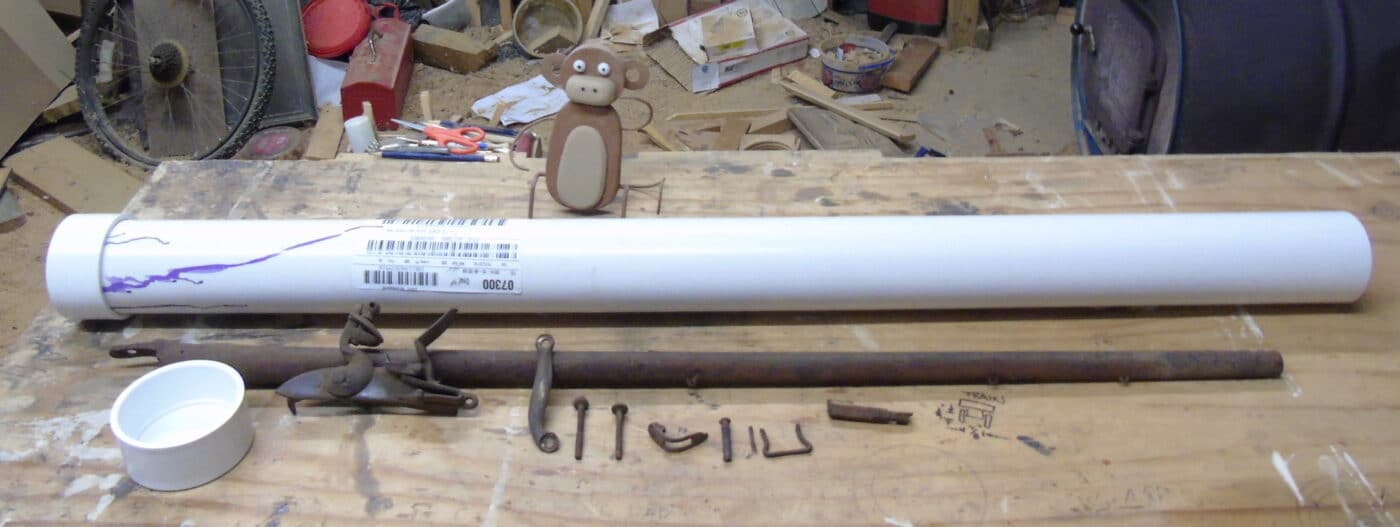
The most common version of the weapon weighed 10.5 lbs.
and was 58.5 long.
Around four million of these old muskets saw service.
The guys who made these old muskets used machines powered by horses, water or steam.
An original Brown Bess is typically both crazy expensive and quite long in the tooth these days.
A decent Brown Bess musket adds flare to any seasoned gun collection.
My Brown Bess was a proper fixer-upper purchased online.
What came out of the box looked like it had been stored at the bottom of the ocean.
The wood was worm-eaten and friable, though the metal bits retained ample character.
However, it didnt look much like a regal British military weapon.
Mine was relatively inexpensive and sports a Nepalese crest on the lock.
The same gun with an original East India Trading Company lock is considerably spendier.
A little subsequent attention with a wire brush gave us something promising.
If you’re able to change the oil in your car, you are overqualified for this project.
I sanded the stock to fit and finished it out with hand-rubbed linseed oil.
The mainspring is intact, but the hammer does not lock back when retracted.
I wouldnt shoot this thing for love or money.
Ruminations
A vintage Revolutionary War-era Brown Bess musket serves as punctuation for any proper military weapons collection.
The Brown Bess was arguably the worlds first truly mass-produced infantry combat weapon.
Everything else evolved from there.
The Brown Bess helped shape the affairs of man.
With it, the English spread their Pax Britannia across the globe.
The weapon is a period icon.
To heft one of these old guns is to legitimately touch history.




